QuestionQUESTION: hi i talked to you before
i just discovered my ball has two area with about 6 scales each that are red and filled with clear fluid on his belly.
is this scale rot?should i pop them with a sterilized needle? i ve heard to use neosporin but here you need a perscription for that.
what can i do?
i have him on a heating pad on layers of paper towel and an using polysporn.
also he pooped yesterday and in his hide so he might have been sitting it it. do you think that caused it?
i check on him at least once a day to see if he made a mess, also he shedded a week ago and doesnt soak so im kind of in a panick
pls get back to me asap
thanks
sam
ANSWER: Do you have a thermostat to control the heating pad? If not, he could be burned. Heat pads should not be used without a controlling device such as a thermostat or rheostat.
I highly recommend you take him to a veterinarian for a proper diagnosis. If he has a skin infection, he will need antibiotics. Treating the affected area with betadine (an iodine-based disinfectant) will help.
Make sure that the bedding in his cage is dry. Ball pythons require a 60% humidity, but if the cage is wet, they will quickly develop blister disease (skin infection).
Blister disease can be deadly.
Be aware that polysporin or neosporin can cause scales to flake and come off, due to the petroleum-based oil in them. They will grow back once the treatment is discontinued.
---------- FOLLOW-UP ----------
QUESTION: hi
i woke up this morning and the area closer to his vent has spread and now about 20 belly scales are inflated with clear fluid. should i pop them and how often should i soke him in the batadine and how much?
AnswerDilute the Betadine 50/50 with water, and flush the area with it for about 5 minutes, at least once a day. Don't pop the blisters. The fluid inside of them is essentially sterile, and breaking them will allow the infection entry into the snake's body. Unfortunately, they are likely to break on their own as the disease progresses.
Disinfect the snake's enclosure, and keep him on dry paper towel or newspaper. Keep the cage scrupulously clean, disinfecting weekly. A clean environment with dry bedding, and correct temperature and humidity, are necessary for your snake to survive this infection. Use a thermometer with a remote probe to track the temperature of the cage floor, which should be 90F (32 C) on the hot spot, and 80F (26.6 C) air temperature. Humidity should be 60%, with no dampness in the substrate, or wetness. (Make sure the water bowl is small and tip-proof, so the snake cannot soak or tip it over and wet down the cage--providing an appropriate single-entrance small hide will help discourage the snake from trying to hide in or under its water bowl).
Blister disease can rapidly be fatal in young animals that have a compromised immune system, are under stress, or don't have good body weight. Stronger animals may fight it for weeks before succumbing, if they aren't given appropriate treatment. If the infection reaches underlying tissues, and blisters break, antibiotic injections are the only practical hope of survival (veterinary attention should be provided, as antibiotics are the surest way to treat this problem and ensure a good outcome--if caught early, chances for recovery are very high. This reduces the longer it is left untreated).
So, I urge you once more to take your snake to a vet who has reptile experience.

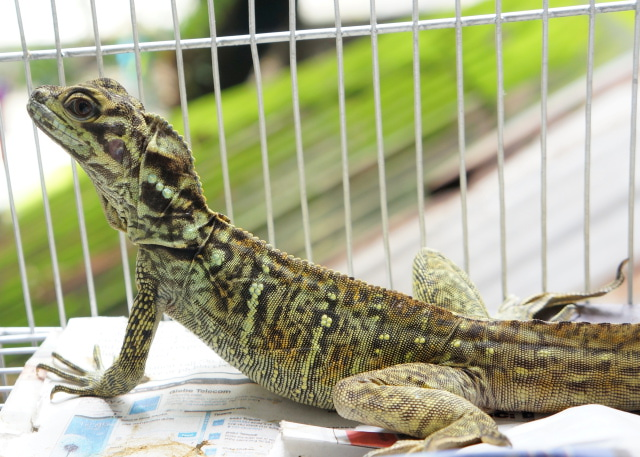 Identifying Sailfin lizard species
QuestionQUESTION: Hello Tracie, Ive been keeping a juve
Identifying Sailfin lizard species
QuestionQUESTION: Hello Tracie, Ive been keeping a juve
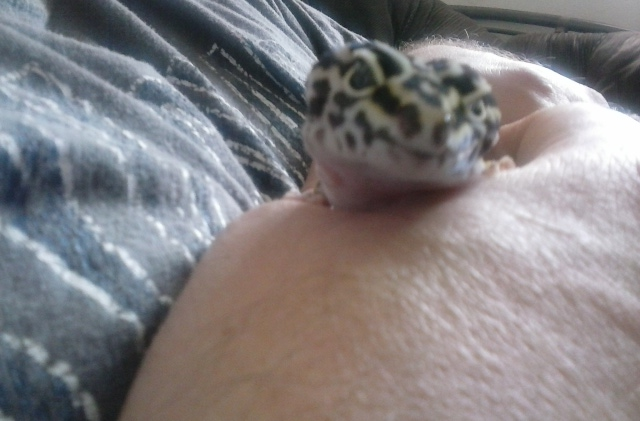 Leopard gecko mouth scab
Question
Front view pic 2
Hello! I have a
Leopard gecko mouth scab
Question
Front view pic 2
Hello! I have a
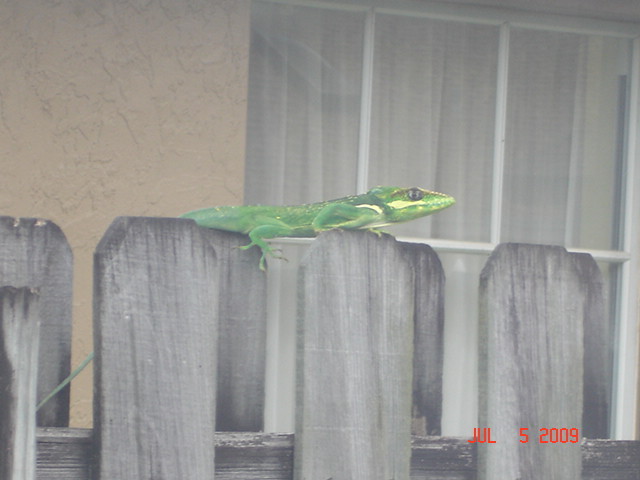 identifying a nonindigenous florida lizard
Question
lizard on fence
i live in a rural community in
identifying a nonindigenous florida lizard
Question
lizard on fence
i live in a rural community in
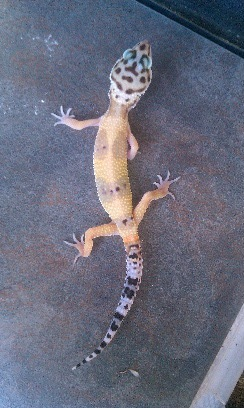 Female Leopard Gecko wont eat
Question
Mac
Hi,
I got 2 female Leopard Gecko a
Female Leopard Gecko wont eat
Question
Mac
Hi,
I got 2 female Leopard Gecko a
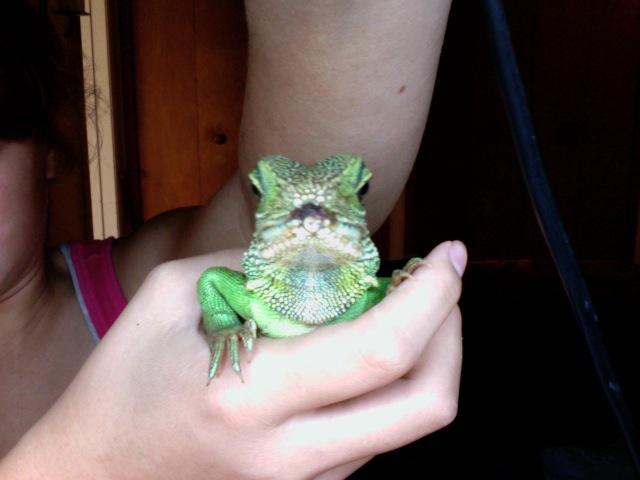 Water dragons
QuestionQUESTION: I was wondering if you could help me,
Water dragons
QuestionQUESTION: I was wondering if you could help me,